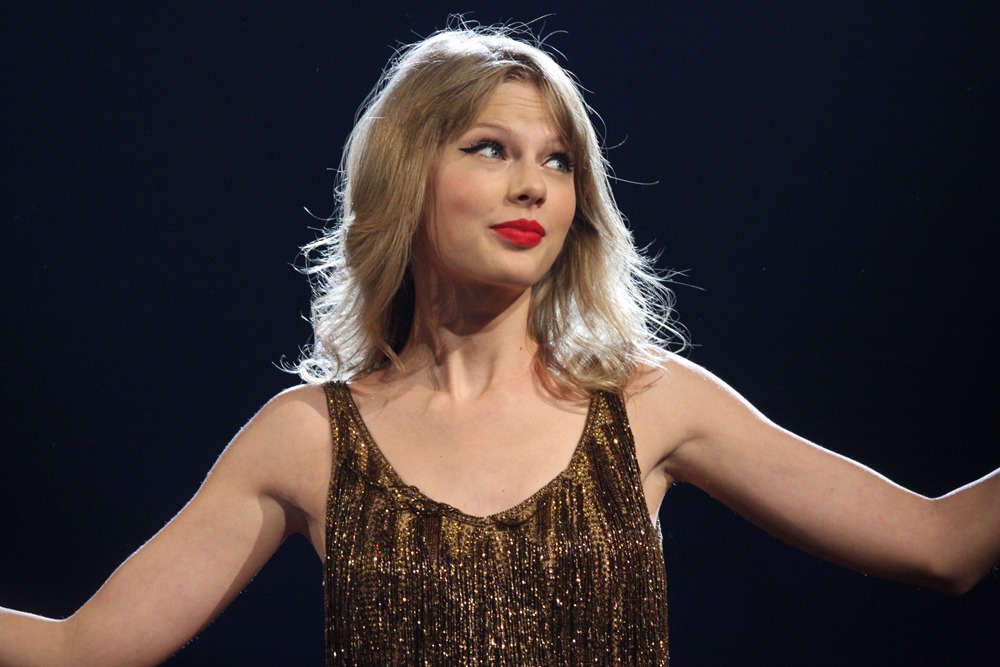Swift’s Google scavenger hunt videos show telltale AI artifacts, yet neither she nor Google will confirm production methods
Dead giveaways don’t lie—and Swift’s latest promotional videos are full of them. The pop icon who famously condemned AI deepfakes now faces accusations of using Google’s generative AI tools for her “The Life of a Showgirl” album campaign. Blurred picture frames, missing book letters, and unnaturally merging hands plague the scavenger hunt videos, creating an uncomfortable contradiction for an artist built on authenticity.
Fans Turn Digital Detectives
Swifties dissected promotional videos frame by frame, identifying visual hallmarks of AI generation.
The campaign mechanics seemed innocent enough: twelve orange doors scattered across global cities, each hiding QR codes that unlocked cryptic album clues. But when fans started analyzing the footage like CSI investigators, problems emerged.
Books showed incomplete text, picture frames displayed suspicious blurring, and hands merged in ways that screamed “AI artifact.” These aren’t subtle glitches—they’re the signature calling cards of current video generation platforms like Google’s Veo 3.
The Deafening Silence Strategy
Neither Swift nor Google has addressed whether AI tools powered the promotional content.
Here’s where transparency dies: complete radio silence. Tech journalism has repeatedly pressed for clarification about production methods, yet both camps remain mute. This isn’t just celebrity PR avoidance—it’s a fundamental question about disclosure in an era where synthetic media shapes consumer experiences.
When your promotional budget includes cutting-edge AI tools, shouldn’t audiences know?
The Authenticity Paradox Deepens
Swift’s alleged AI usage directly contradicts her vocal opposition to deepfake technology.
The irony cuts deep. Swift previously fought legal battles against non-consensual AI deepfakes, positioning herself as a defender of creative integrity. Now she’s potentially embracing the same technology for commercial gain.
This isn’t about technical capabilities—Google’s Veo can produce impressive results. It’s about consistency between public values and private practices, especially when your fanbase prizes authenticity above all else.
The entertainment industry watches closely. Swift’s campaign—regardless of its production methods—signals how mainstream artists will navigate AI’s creative possibilities. But without transparency, audiences lose trust in the very authenticity that makes these campaigns work. The solution isn’t avoiding AI; it’s honest disclosure about when and how these tools enhance creative expression.





























